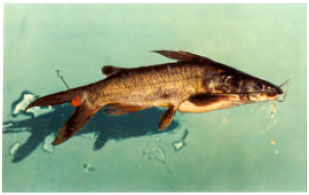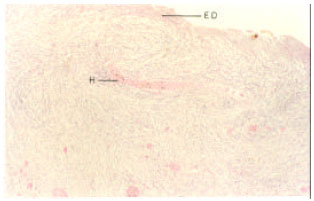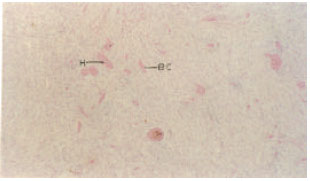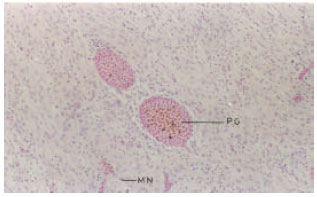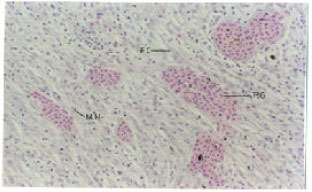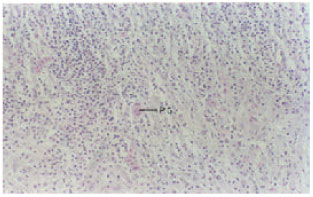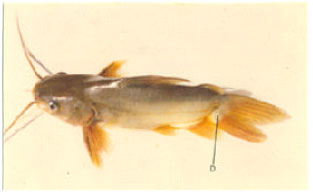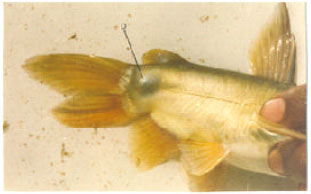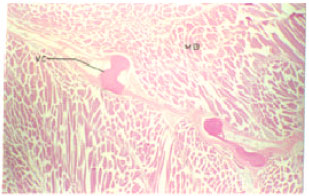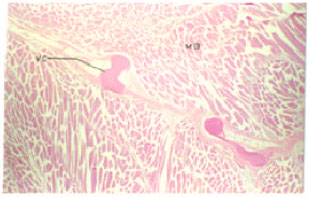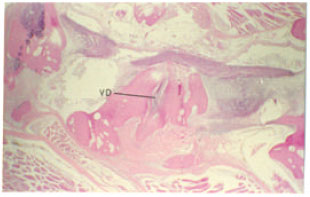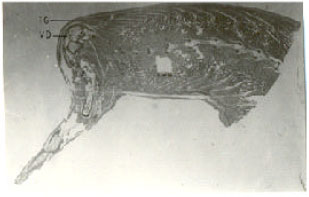Research Article
Erythrophoroma and Vertebral Dysplasia in Mystus gulio
Icon analytical Equipment Pvt Ltd. Kumar Arcade, New No.17, 4th Main road, Nehru Nagar, Adayar, Chennai-20 Tamil Nadu, India
E. Sherly Williams
Department of Zoology, Fatima Mata National College, Kollam, Kerala State, India
L. Razeena Karim
Department of Zoology, Fatima Mata National College, Kollam, Kerala State, India
M.S. Vishnu Nair
Department of Zoology, Fatima Mata National College, Kollam, Kerala State, India









